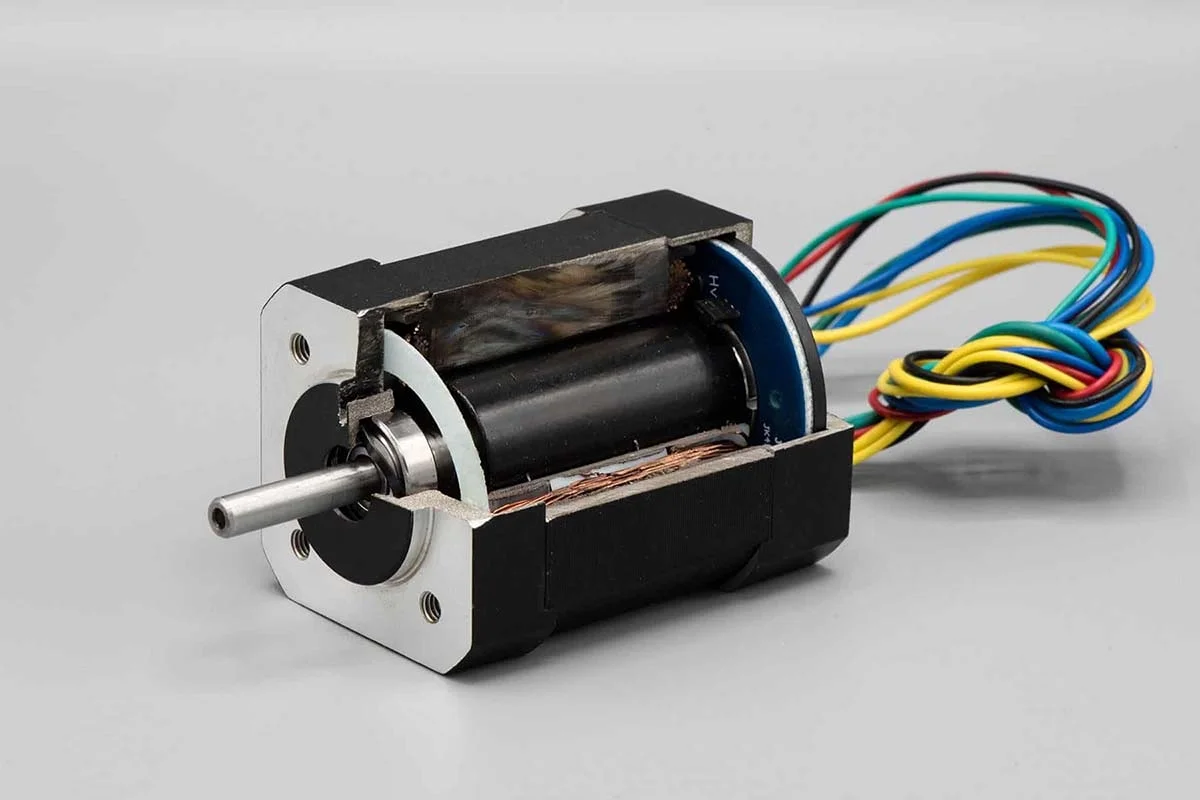In an increasingly electrified and automated world, a technological workhorse is quietly driving innovation from the background. The Brushless DC (BLDC) motor, with its superior efficiency, precise control, and rugged reliability, is rapidly replacing traditional brushed motors across a stunning array of applications. This shift is not merely incremental; it represents a fundamental upgrade in how we convert electrical energy into motion, enabling new levels of performance and intelligence in everything from household appliances to industrial robotics.
According to Straits Research, the global brushless DC motors sector was valued at USD 18.96 billion in 2024 and is projected to reach from USD 20.09 billion in 2025 to USD 32.02 billion by 2033, registering a CAGR of 6% during the forecast period 2025-2033. This steady growth is fueled by the global push for energy efficiency, the rise of electric vehicles, and the demand for smarter, more connected devices.
Key Players and Strategic Focus Areas
The competitive landscape features established industrial giants and specialized innovators, each carving out their domain.
-
Nidec Corporation (Japan): A global behemoth in motor manufacturing, Nidec's strategy is one of immense scale and diversification. They produce millions of BLDC motors for everything from hard disk drives to automotive applications. Their recent analysis shows a heavy investment in motors for xEVs (hybrid and electric vehicles), particularly for traction applications, electric power steering, and HVAC systems. They are also pushing into high-performance, low-vibration motors for robotics and aerospace.
-
ABB Ltd. (Switzerland): ABB focuses on the high-power industrial segment. Their strength lies in integrating BLDC motors with sophisticated drives and control systems for factory automation, pumps, and conveyor systems. Recent updates from ABB highlight motors with embedded sensors for IoT connectivity, allowing for predictive maintenance and energy consumption monitoring.
-
Regal Rexnord Corporation (USA): Formed from the merger of Regal Beloit and Rexnord, this entity is a powerhouse in commercial and industrial applications. Their strategy involves providing complete motion control solutions. Key updates include the development of BLDC motors designed specifically for the HVAC industry, where efficiency regulations are constantly tightening, driving demand for advanced motor technologies.
-
Maxon Motor AG (Switzerland): Specializing in high-precision, miniature BLDC motors, Maxon dominates niches where performance is paramount. Their motors are found in surgical robots, NASA rovers, and premium industrial automation. Their growth is tied to advancements in materials and magnetic designs to achieve higher power density and torque in incredibly small packages.
-
Ametek Inc. (USA): Through its subsidiaries like Pittman and Haydon Kerk, Ametek serves the medical, aerospace, and defense sectors with high-reliability BLDC motors. Their focus is on custom-engineered solutions that meet stringent certification and performance requirements, a less price-sensitive but highly specialized segment.
Emerging Trends and Technological Advancements
The evolution of BLDC technology is being shaped by several key trends:
-
Integration of Motor and Controller: The line between the motor and its electronic controller is blurring. Manufacturers are developing compact, integrated modules where the controller is built directly into the motor housing. This simplifies design for OEMs, reduces electromagnetic interference, and improves overall system reliability.
-
Advanced Materials and Magnet Technology: Research into new magnet compositions, including efforts to reduce reliance on heavy rare-earth elements, is a major focus. The use of advanced composite materials for rotors and housings is also increasing, leading to lighter, more powerful, and more corrosion-resistant motors.
-
The Rise of Sensorless Control: While many BLDC motors use Hall-effect sensors for commutation, advanced algorithms now enable highly accurate "sensorless" control. By measuring the back-EMF (electromotive force) in the motor windings, these systems eliminate the sensors, reducing cost, complexity, and potential points of failure, especially in harsh environments.
Recent Global News and Updates
The sector is active with strategic moves. A significant recent update came from Siemens AG (Germany), which launched a new line of SIMOTICS BLDC motors focused on modularity and digitalization, featuring integrated digital nameplats for easy configuration. In a key partnership, BorgWarner Inc. (USA) acquired Dr. Fritz Faulhaber GmbH, a specialist in micromotors, signaling a strategic push into the high-growth medical and robotics fields. Furthermore, Johnson Electric Holdings Limited (Hong Kong) announced a major expansion of its production capacity in Mexico to serve the growing North American automotive and appliance sectors with localized supply.
In summary, the BLDC motor industry is characterized by strategic specialization and relentless innovation aimed at boosting efficiency and enabling smarter motion control. As the world continues to electrify and automate, these sophisticated motors will remain an indispensable component powering the future.







